
OR
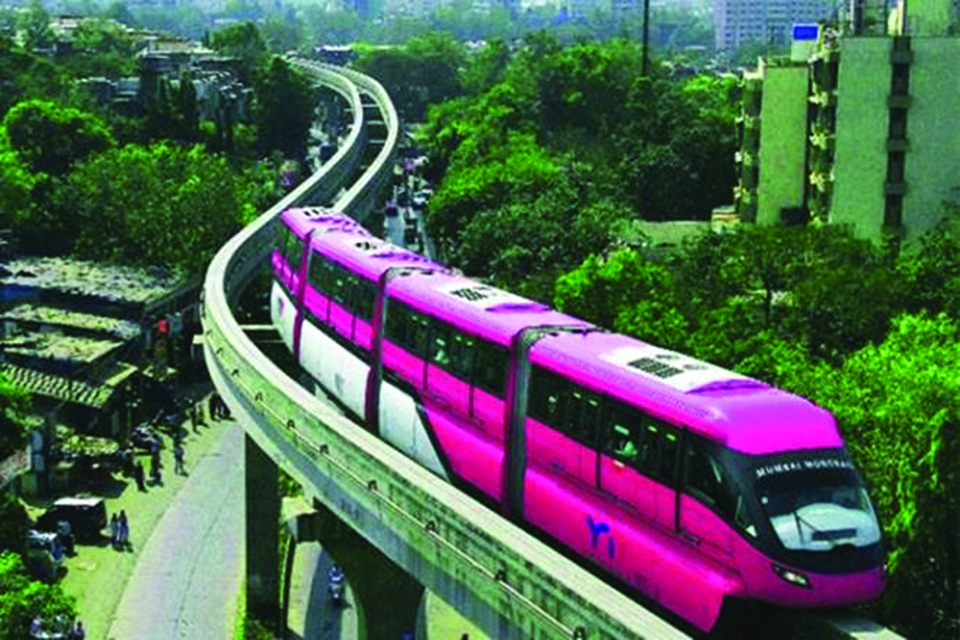
More from Author
One of the biggest downsides of monorails is when something goes wrong, or if a section of track needs to be repaired, the entire system needs to be shut down
China Railway Construction Corporation (CRCC) submitted a feasibility study report last week to Kathmandu and Lalitpur Metropolitan authorities for the proposed monorail system along the 27-km Ring Road. The preliminary study estimates a budget of Rs 116 billion for the project. The company is going to submit Detailed Project Report (DPR) of the monorail within the next six months. Construction is said to complete within three years. The details are yet to come.
KMC had proposed to construct monorail stating that it would be more appropriate and cost-effective than metro rail in an earthquake prone-city like Kathmandu. Current mayor of Kathmandu, Bidya Sundar Shakya, made monorail the main highlight of his election manifesto. There is pressure on him to build monorail and he is going about it without analyzing its pros and cons and socio-technical suitability for Kathmandu Valley.
Monorail flaws
A monorail is a railway system in which the track consists of a single rail, typically elevated and with the trains suspended from it. Meanwhile, the metro is similar to a normal train, uses two rails to run. In terms of capacity, metro rail can carry thousands of people whereas monorail is much smaller with the capacity of about 700. Metro rail is much faster than the monorail.
Many studies and past experiences show monorails offer very few advantages and quite a lot of disadvantages over conventional two-railed transportation systems.
There are some serious technical issues which have made monorail not as popular as metro train. Current operating monorails are capable of more efficient switching than in the past. However, switching mono rail is still slow, clumsy and expensive. In the case of suspended monorails, switching may be accomplished by moving flanges inside the beam to shift trains to one line or another. The capacity of mono rail is very limited compared to metro train.
Metro rail can carry thousands of people whereas monorail is much smaller with the capacity of about 700-1000. For now, monorail might be enough for Kathmandu but think of 30 years ahead. Monorail will be biggest infrastructure in Kathmandu but it won’t be able to provide services to the teeming millions.
If we build monorail along the ring road, we may have limited options to build the overpass bridges at busiest intersections of the ring road such as Satbodato, Maharajgunj, Basundhara etc.
One of the biggest downsides of monorails is that when something goes wrong, with the track or train for example, we will have to work on the whole system. If a section of track needs to be repaired or replaced, the entire system needs to be shut down, which means services will be halted. In case of a metro railway there are many lines a train can travel on. Service can be provided even during maintenance of a particular section.
Because Ring Road is being expanded to eight lanes, we can operate Bus Rapid Transit (BRT) or provide dedicated lane for large buses. This can be done immediately. We need a mass transit across the Kathmandu Valley like Godawari to Budanilkantha and Sanga to Nagdunga.
Monorail cannot be constructed through core city of Kathmandu Valley. It is almost impossible to build the monorail along Lagankhel-Kupodole-Asan-Maharajganj-Budanilkantha and Koteshwor-Thapathali-Kalanki due to very dense buildings and narrow streets.
In the near future we will have to construct metro rails in the valley. If we go for monorails anyway, we will have to build separate platforms for metro and mono rail even at the same location which could be very costly. Monorail will be isolated from other mode of transportation. This is why monorail is less popular nowadays.
Chose metro rail
Monorail has severe safety issues and very expensive operation costs. Some of the existing mono rails are on the verge of failure because of safety issue and high operation costs. Many tend to believe tunnel for metro in Kathmandu is not safe option as Kathmandu lies in active seismic zone and soil is very weak. This is not true. Both Tokyo (Japan) and Santiago (Chile) are highly vulnerable to earthquake and soil is not hard, but both have hundreds of kilometers of underground metro rail.
From the perspective of seismic risks, metro rail is much safer than mono ones because we have to design elevated structure for mono rail which are vulnerable to earthquakes.
This may be why monorails are being shut down in some of the big cities. Sydney monorail was shut down in 2013. Mono rails in China are being closed due to high maintenance and operation costs and safety issues. Maharashtra government in India shut down the controversial Mumbai monorail in November 2017 due to severe safety issues.
Can Kathmandu learn from these cities? If it must build the rail line, let’s think of light rail train (LRT). We may have enough space for LRT along the ring road, if not we can go underground in some locations. LRT could be very cheap and sustainable.
Metro rail has become very common in many parts of the world. Smart feature of metro rail is that the track can be built on the ground, underground and over the ground depending upon availability of space. So the same train may go underground and within second come out of the tunnel and start running on overhead track for some time. And they are very fast.
Let’s think of sustainable mass transportation system. We do not have enough money and time for trial. If we build large structure for monorail now it will become a ‘white elephant’ soon.
The author is a civil engineer
Twitter: @KS_Paudel
You May Like This
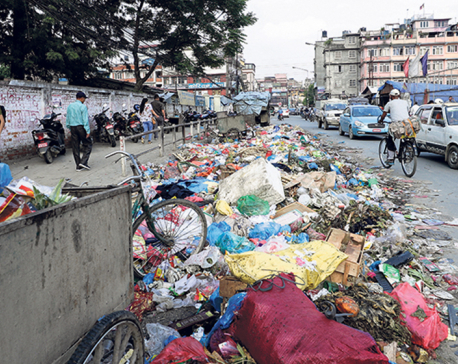
Environmental Crisis in Kathmandu: Anarchy on Display
The planes that fly over our sky have passed their utility 10 years ago. The public buses that run in... Read More...
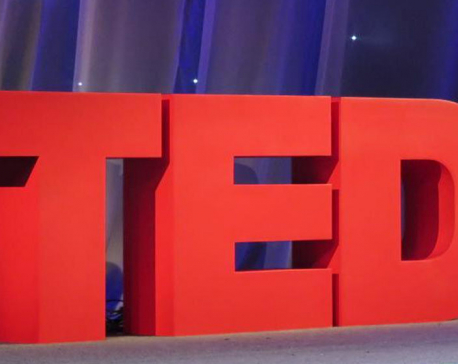
TEDx and Real Leadership
Two recent stories about two common citizens can help us rethink about the meaning of real leadership. ... Read More...
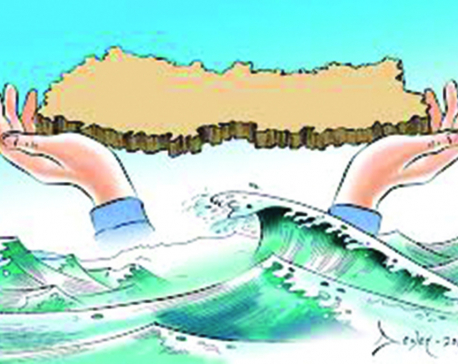
Kathmandu Metropolitan City in action
Health and education are some of core areas of service delivery and local development that fall within the responsibility of... Read More...



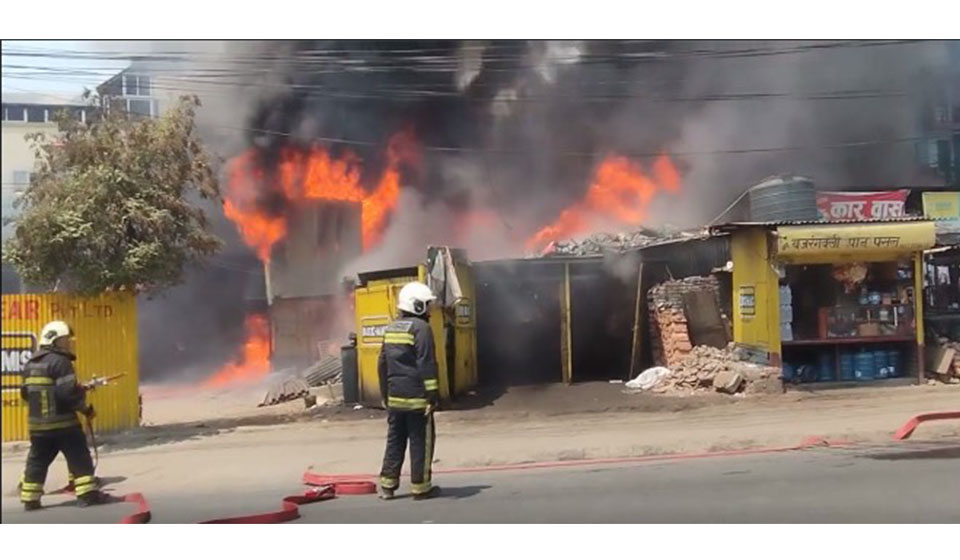
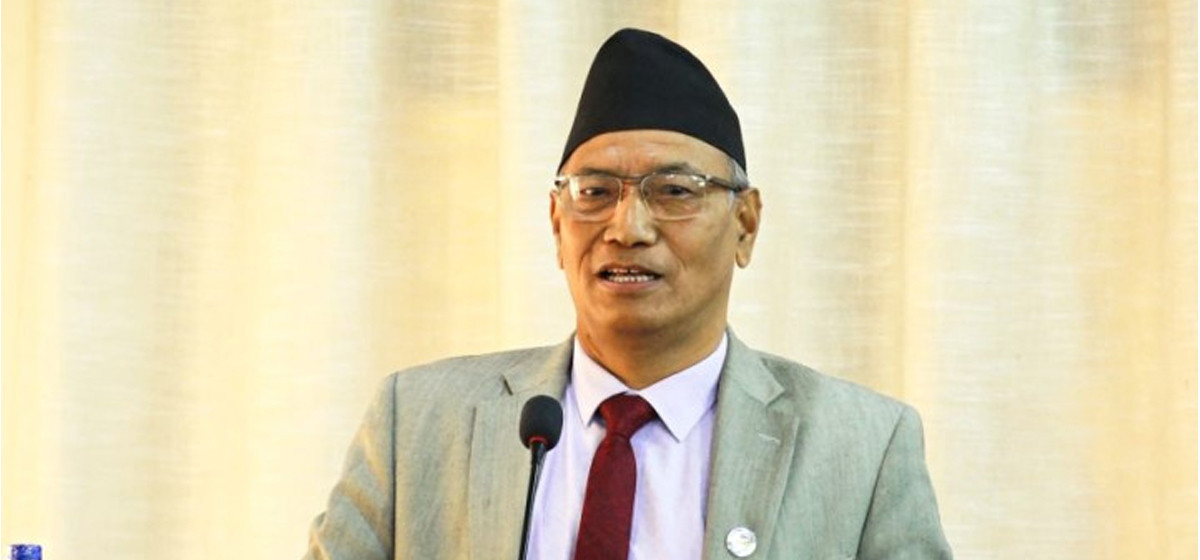
Just In
- People urged to take caution as Terai region including Lumbini province experiences sweltering heat
- School Principal arrested for allegedly facilitating fake examinees in Grade XII examination
- Stepdaughter arrested on charges of murdering her mother
- Five shops and a vehicle workshop gutted in Shankhamul fire
- Two agreements between private sector entities signed at Nepal Investment Summit
- Shrestha appointed Acting Chairman of JSP
- World Day for Safety and Health at Work being observed today
- Almost all sectors of Nepal are open for foreign investment: NC President Deuba








-1200x560-wm_20240427144118.jpg)



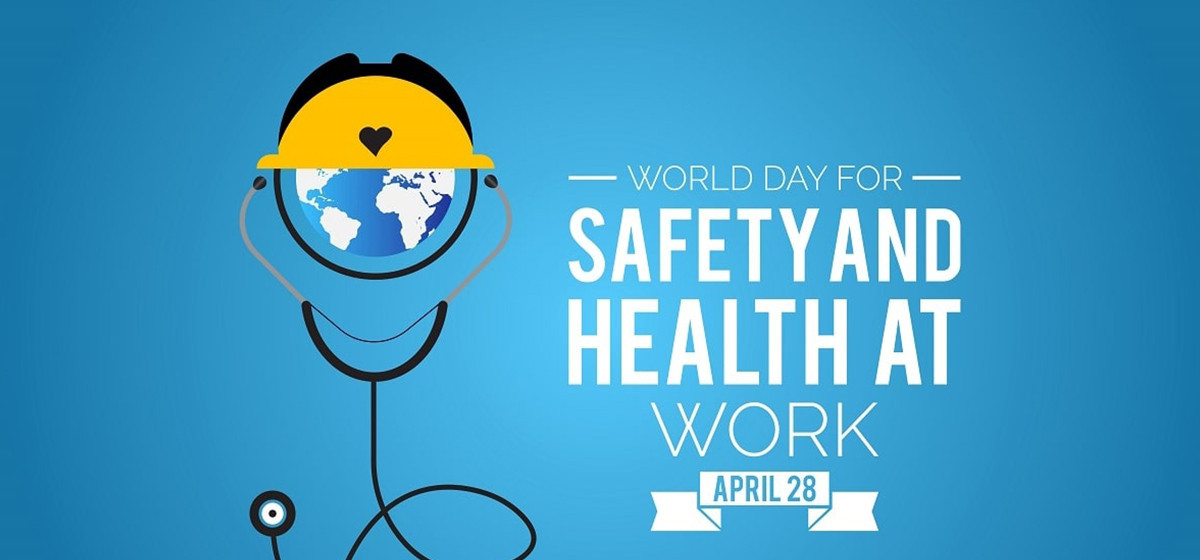

Leave A Comment